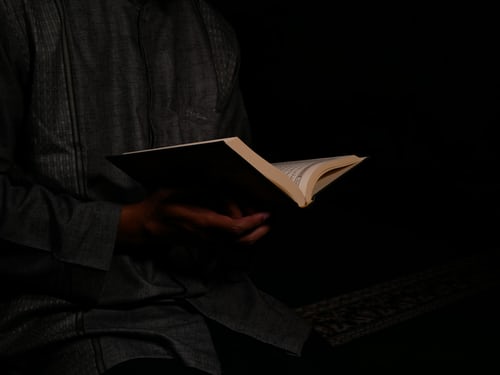Inspiring Older Readers
 posted on 29 May 2016
posted on 29 May 2016
Utz by Bruce Chatwin
It seems shocking to think that Bruce Chatwin died from AIDS-related illnesses twenty-seven years ago this January and that his first book, In Patagonia, was published almost forty years ago.
The golden boy of travel writing – aesthete, nomad, as at home in the mud huts of the remotest indigenous peoples as he was the country houses and stylish coastal retreats of his rich, aristocratic art-world friends – burst onto the literary scene of the late-70s apparently from nowhere, fully formed, a product of his own ravishing mythology. The Thatcherite era might have been specifically created for such charmed careers, such glittering personalities. He not only wrote like an angel, he looked like one. He was as much a star of as a contributor to the Sunday supplements and lifestyle journals that so defined the period.
And yet his Gloucestershire neighbour, James Lees-Milne – dandy, diarist, acquisitions negotiator for the National Trust – said of him, “I have seldom met a human being who exudes so much sex appeal with so comparatively little niceness.” And Lees-Milne knew a thing or two about lack of niceness…
I must have first read Utz, Chatwin’s final novel, either when it came out in 1988, or perhaps a year or so later when it came into paperback. Either way, I remember thinking rather smugly at the time that it was a slight book, more notes towards a novel than a novel fully formed. Wrong, as usual. I reread it over the weekend and found it marvellous.
Utz is a brief, enigmatic, oblique novel, but this is part of its charm and is fully intentional. It is the story of Kaspar Joachim Utz, perhaps a baron, certainly wealthy after a fashion, but a small nondescript man, his equally small nondescript flat in Prague, overlooking the Jewish cemetery, crammed with his priceless collection of eighteenth century Meissen porcelains. Porcelain is his obsession, his illness. The Germans call this Porzellankrankheit. Porcelain-sickness. It devastated the court of Augustus the Strong, Elector of Saxony, in the late-sixteenth and early-seventeenth centuries.
The novel opens with Utz’s death on the 7th March 1974. Each tiny chapter opens on yet another slightly off-kilter view of Utz as seen through the eyes of an equally unreliable Chatwinesque narrator. Did Utz really exist? Was he an anonymous little man with an interest in transvestism, or an ageing roué with a sexual weakness for operetta divas? Was his collection amassed honestly or through unscrupulous opportunism? (“Wars, pogroms and revolutions,” he says at one point, “offer excellent opportunities for the collector.”) Did he love his figurines, gloating over the unparalleled collection that was the work of his life, or loath them because they imprisoned him, perhaps more effectively than the Czech communist regime ever had? Did he marry his housekeeper? Was he a spy?
Chatwin uses this briefest of novels to explore some of the themes that fascinated him all of his life. The nature of the collector and of collecting. The role of art in totalitarian societies, the collector under communism. Identity and the enigma of identity. Truth as fiction; fiction as truth.
Unlike his first book, In Patagonia, the chiselled brevity of which his editor Susannah Clapp says had to be excavated from a vast and chaotic manuscript (see her book about Chatwin and her friendship with him, With Chatwin), Utz began life small. It was polished almost word by word by Chatwin and Clapp and if anything could have done with a modest extension to its length: it would easily have stood being ten or fifteen pages longer, I think, and may well have benefitted from this, although it may then have lost some of the enigma it derives from its jewel-like compression.
The sad truth is, of course, that for all its brilliance, we now know that in Utz Chatwin wrote the book he was capable of writing at the time – and he made the amendments he had the strength for. He was dying from AIDS and in his final years was desperately ill, often drugged, feverish and delusional, unable to walk, a manic version of the Chatwin his wife and friends adored. They spent days cancelling cheques and returning the objets and artworks he bought compulsively from the best galleries and dealers. And when he could no longer get his wheelchair into dealers’ showrooms they danced attendance upon him in his suite at The Ritz.
Now, at this distance in time, and in the context of his life – and of his death – it is clear that Utz is a tiny, fiercely imagined tragic masterpiece.
Alun Severn
May 2016